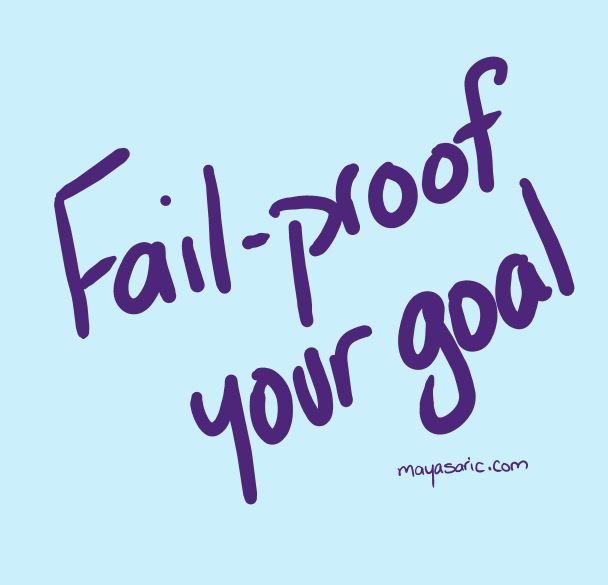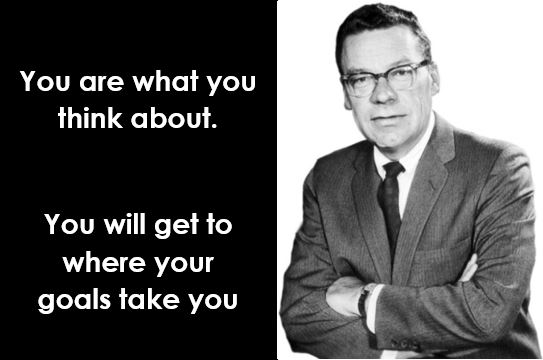Sales training for everyone who touches the customers
Everyone who works for a sales and service organization will eventually have some contact with clients or prospects. So everyone needs the confidence to present your business professionally in a way that will assist the sales process of the official sales team. When running sales training I always suggest we invite, anyone who wishes to […]
Sales training for everyone who touches the customers Read More »


